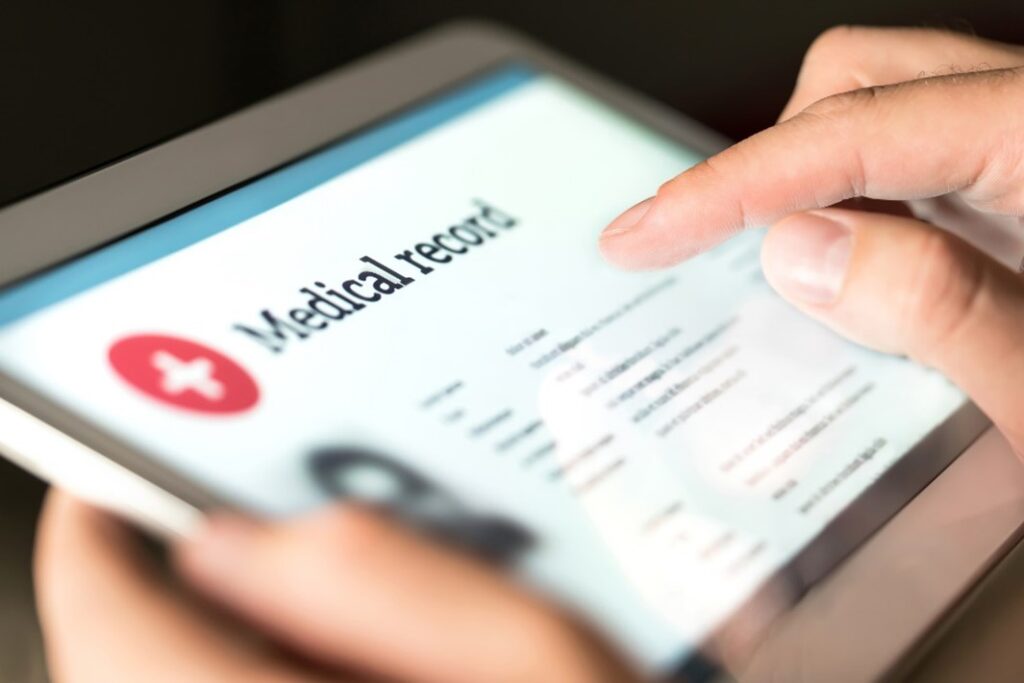19 July 2024
For trans and gender diverse (TGD) people, the stigma related to their gender identity can make going for a scan or getting cancer treatment extra daunting. Many TGD people have been called by the wrong name or pronouns in a healthcare setting, and may dread it happening again.
A literature review published by the Journal of Medical Radiation Sciences this week found that outdated and inflexible medical information systems can harm TGD people by making it impossible to collect their personal details accurately. With practices such as merging sex and gender together as a single, binary concept, many patient record options available to medical clinics and hospitals threaten to disengage TGD people from the healthcare system.
The literature review, Improving Radiology Information Systems for Inclusivity of Transgender and Gender Diverse Patients: What Are the Problems and What Are the Solutions? A systematic review, analyses 18 studies. Most propose recommendations to make medical information systems more inclusive. However, review authors Nathan Ho, Ally Williams, and Zhonghua Sun, found these studies did not consult TGD people, meaning the recommendations aren't backed by evidence that shows they actually improve TGD patient satisfaction and health outcomes.
Carolyn Heyes, President of the Australian Society of Medical Imaging and Radiation Therapy (ASMIRT) says more meaningful engagement with the TGD community is needed to ensure TGD people feel safe when seeking health care.
“First and foremost, transgender and gender diverse people must be consulted on information system improvements that affect them.”
“Care should be about the patient. Making patient information systems inclusive for transgender and gender diverse people is part of treating patients with dignity and respect.”

The review gave specific attention to medical information systems in radiology. It recommended the following improvements to patient data collection:
The literature review is available for free online in the Journal of Medical Radiation Sciences.

